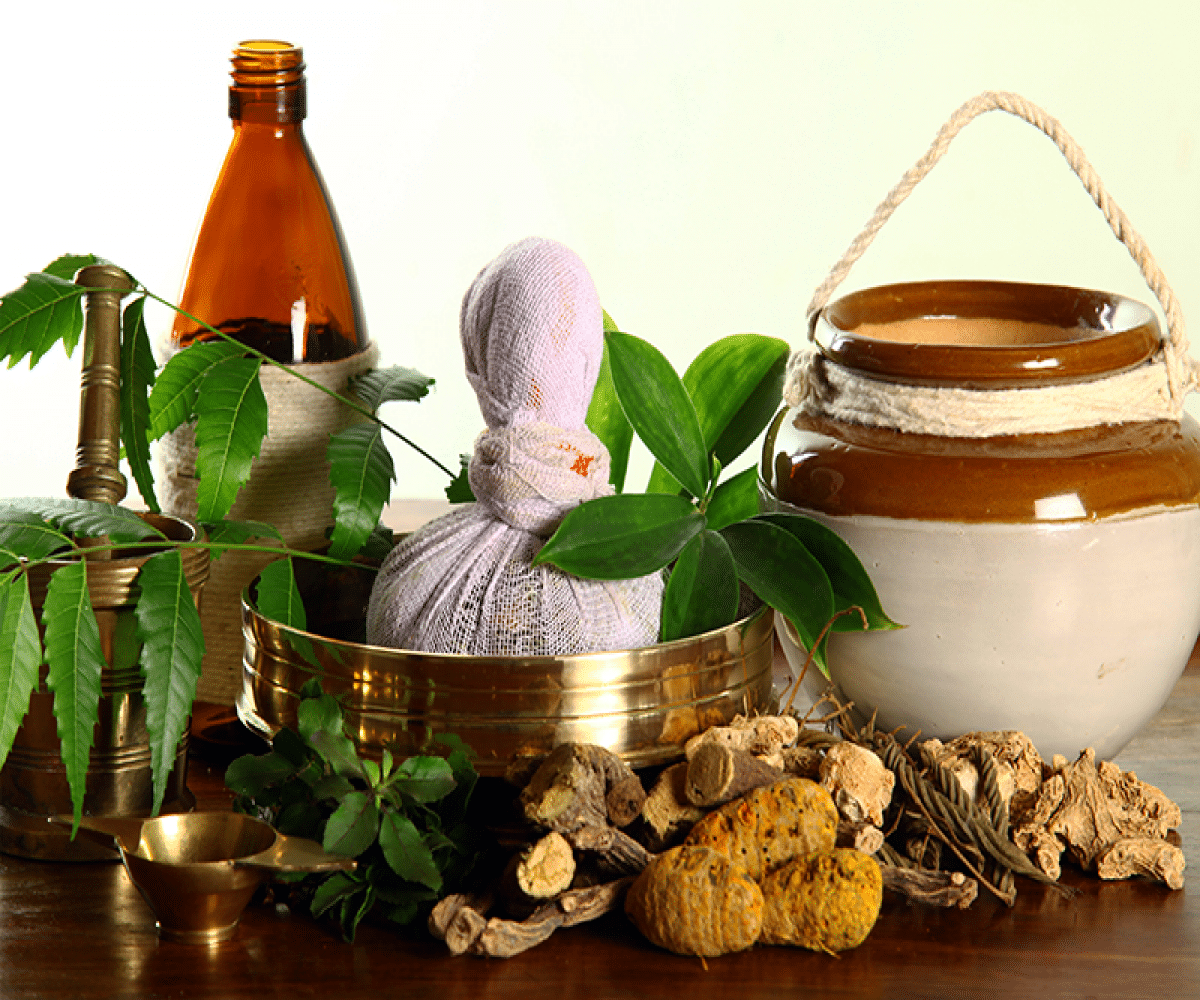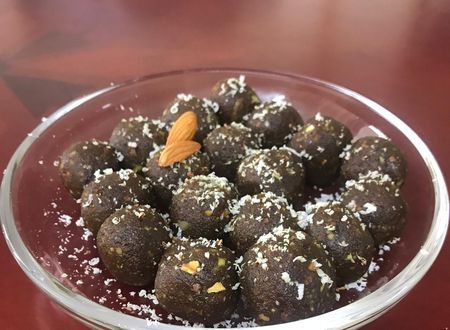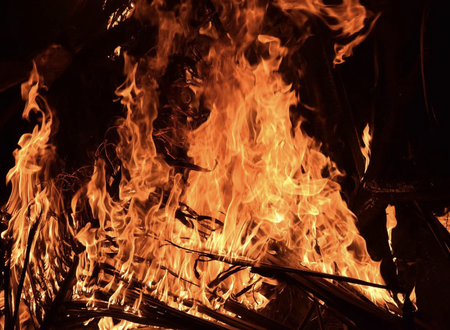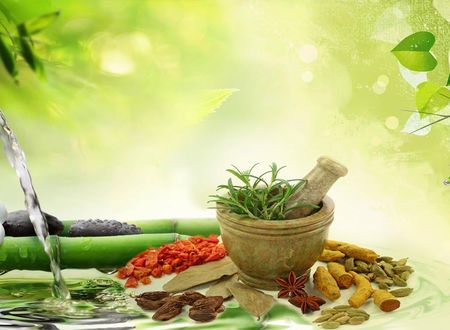This post is about SAPTADHATUS and MALA
Until the last post of this series, the basic aspects of the tridoshas was dealt with. Now the next one to be explained is the dhatus and mala.
There is no direct translation that you can make in modern terms for the sanskrit terms mentioned in Ayurveda.. Hence it is always said that it can be corelated only. So, the English terms that I would be using here in explaining dhatus, is only a correlation.
Sapta- 7, Dhatus- tissues
The 7 Dhatus are- Rasa(The nutrients/plasma), Rakta(Blood), Mamsa(Muscles), Medha(Fat), Asti(Bones), Majja( Bone marrow), Shukra(Semen)
Importance of Dhatus- The Shloka states,
“Prinanam jeevanam lepaH sneho dhaaranapoorane
Garbotpadascha dhatunam shreshtam karma kramatsmrutam”
Prinanam- Nourishing, Rasa dhatu nourishes the body
Jeevanam- Gives life, Rakta dhatu provides life
Lepa- To surround, Mamsa dhatu surrounds the vital organs
Sneho- To lubricate, Medo dhatu provides lubrication
Dhaarana- To hold, Asti dhatu holds your body
Poorane- It fills, The Majja dhatu fills the asthi, making it solid
Garbotpadana- Embryo development, Shukra dhatu contributes to formation of an embryo together with ovum.
How does these dhatus get nourished?
Well, each of these dhatus draws its nourishment from the former dhatus. Each of these dhatus have their respective Agnis that help them nourish them. Rasa dhatvagni, Rakta dhatvagni, Mamsa dhatvagni and so on.. Each of these Agnis separates the Saara(Nutrient) and Kitta(excretory products) and nourishes the respective dhatus and the latter dhatus.. Which means once the Rasa dhatu gets nourished, it nourishes the next Rakta dhatu, Rakta dhatu after getting nourished, nourishes the next Mamsa dhatu and so on..
How is this dhatus related to doshas?
Doshas when in normalcy residing in their respective places, help in proper functioning of the dhatus. If doshas get vitiated, they cause obstruction in the channels leading to disturbing the functions of the dhatus, causing dhatu kshaya(malnourished) or vruddhi( Overly nourished).
MALA or the excretory products is mainly 3
Mutra-Urine, Purisha- Stools, Sweda- Sweat
These products are although called excretory products, they still have important roles to play in our body.
Here goes the shloka” AvastambaH purishasya mutrasya kledavahanam
swedasya kledavidrutihi”
Stools/Purisha- Does Avastamba, means it retains the strength of the body, keeps the malashaya( part of large intestine, that stores the stools)healthy, it holds( dhaarana) the vayu and agni.
Urine/Mutra- Flushes out the kleda( moistness)
Sweat/Sweda- It takes care of maintaining the moistness/wetness in the body.. That is why the skin is smooth/soft to touch.
With this, I have covered the basic understanding of doshas, dhatus and malas, the 3 main pillars of our body, that forms this life…
Next post would be the last post in the Ayurveda series, where I shall talk of Chikitsa/treatment aspect of Ayurveda.









Comments & Discussion
19 COMMENTS
Please login to read members' comments and participate in the discussion.